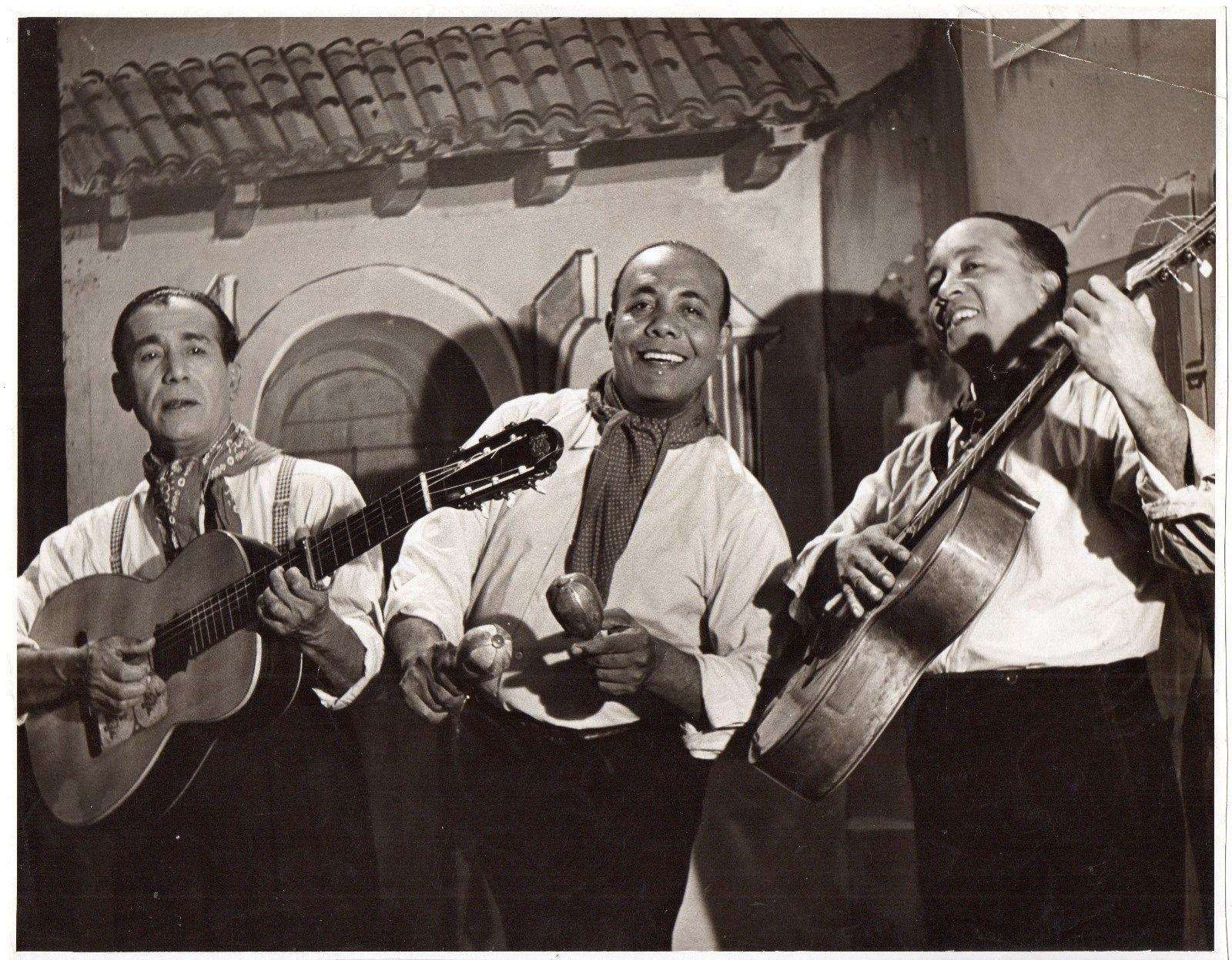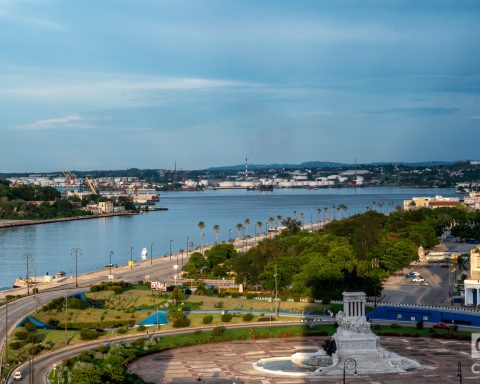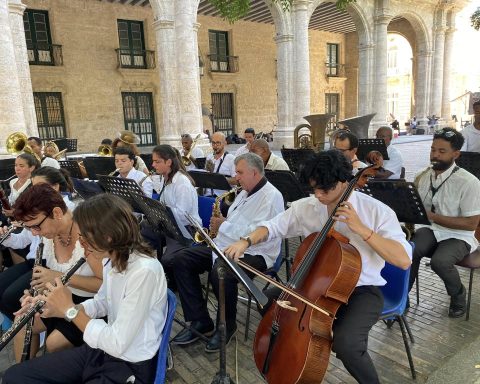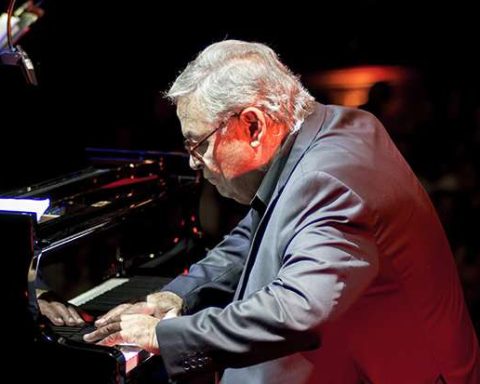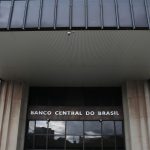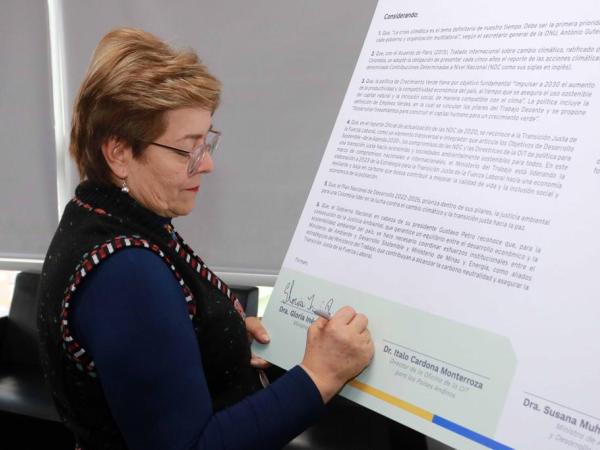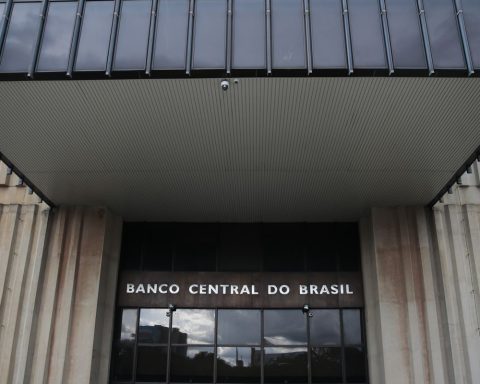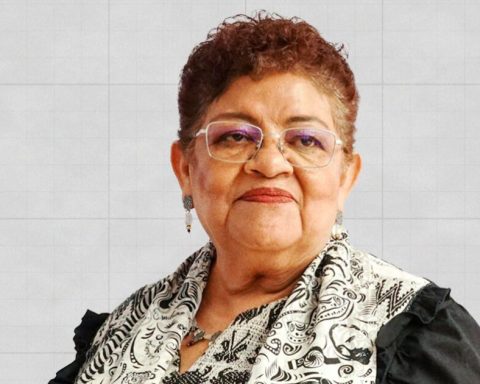From this December 2, the Cuban trova is Cultural Heritage of the nation. The declaration was made public in the municipality of Manzanillo, in the south of the Granma province, through Resolution 18 of the year 2022, issued by the National Council of Cultural Heritage.
As published cubadebate, “The Commission for the Salvation of the Intangible Cultural Heritage, belonging to the National Council of Cultural Heritage, validated the request for a declaration of the Cuban Trova in order to contribute to its sustainability, visibility and viability.”
A group of established and new musicians such as Heidi Igualada, Marta Campos, Yamira Díaz, Andrés Pedroso, Jorge Gómez, José Aquiles, Ariel Díaz, Eduardo Sosa, Ariel Barreiros, Annie Garcés, Nelson Valdés, Silvio Alejandro, Rachid López, Amaury del Río and Roly Berrío attended the celebration.
The Cuban trova begins to be distinguishable as a genuine musical expression from the end of the 19th century and the beginning of the 20th, in the Cuban East. The troubadour José “Pepe” Sánchez, who is considered a precursor and teacher of this movement, stood out.
Some essential names are Manuel Corona, Eusebio Delfín, María Teresa Vera and Sindo Garay, author of songs like “Perla marina” or “La tarde”. Miguel Matamoros, creator of “El son de la loma” and “Lágrimas Negras” and leader of the legendary Trío Matamoros is another of the most important troubadour authors and performers.
In the 40s, a singular form of interpretation of the song also became popular, which developed more in Havana, known as “filin” (feeling, feeling). The guitar is always kept as a companion. Some of the most relevant exponents of it were Marta Valdés, José Antonio. Mendez and Cesar Portillo de la Luz.
The Nueva Trova Movement, half a century later
From its origins in the 60s, the new trova takes up the tradition and reworks it with the new sounds and themes of its time. He is distinguished by creating songs where the theme of love is not limited to the couple, but also includes aspects of social life, and the promises of the new society that the triumphant Revolution in 1959 provoked in many young musicians of that time.
In this context, of political confrontation, it was also involved in controversy and charm, censorship and public recognition. Television opened and closed its doors for him, radio stations timidly broadcast some topics, conservative sectors did not approve of the clothing or manners of those boys.
Personalities such as Haydeé Santamaría, from Casa de las Américas, or Alfredo Guevara from the Cuban Institute of Cinematographic Art and Industry (ICAIC), unequivocally supported the creative proposal, which imposed a new way of understanding music and poetry.
Silvio Rodríguez, Pablo Milanés, Noel Nicola and Vicente Feliú became the most prominent and recognized representatives of the Movement whose formal “baptism” date was December 2, 1972.

From July 27 to August 8, 1967, the First International Meeting of the Protest Song was held at the Casa de las Américas. A poster by Alfredo Rostgaard (1943-2004) about the event would raise the name of Cuban poster art very high.

The meeting brought together 50 singers from 18 countries, including the Chileans Ángel Parra (1943-2017) and Isabel Parra (1939), the Uruguayans Alfredo Zitarrosa (1936-1989) and Daniel Viglietti (1939-2017), the Americans Barbara Dane (1927) and Peggy Seeger (1935), the Argentinian Armando Tejada Gómez (1929-1992) and the Haitian Martha Jean Claude (1910-2001). It was an opportunity to recognize each other, exchange experiences and realize that between them what was common was much more than what was diverse.
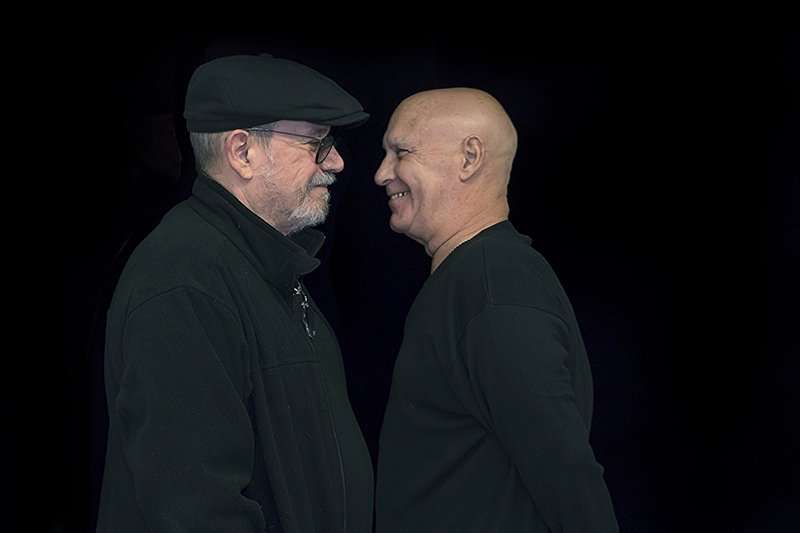
This was the platform for shortly after, in February 1968, the House itself called for the first time three young people with different backgrounds to sing in one of its halls. backgrounds (Silvio Rodríguez, Pablo Milanés and Noel Nicola), but with shared purposes and concerns.
Although dominated by men, female voices imposed their stamp: Belinda Romeu, Sara González, Miriam Ramos… By then Teresita Fernández had already established a chair; Marta Valdés would make history with her new melodies and in the list of troubadours or promoters of the genre one cannot forget Ela O`Farril, Maggie Prior, Omara Portuondo, Elena Burke…
With the songs of Nueva Trova, several generations of Cubans began to live and develop, whether or not they reside on the island. The authors who arrived after the 1980s gave the movement a different air. The well-known Generation of the Moles arose, in which musicians and authors such as Santiago Feliú, Carlos Varela, Frank Delgado, Gerardo Alfonso, Alberto Tosca, José Antonio Quesada, marked a new route for what is also known as “intelligent song”.
In the 90s another wave of troubadours arose to try to continue this long musical (and literary) tradition, known as the “newest”. Between love songs and social criticism, the trova, which is one, continues its course.
